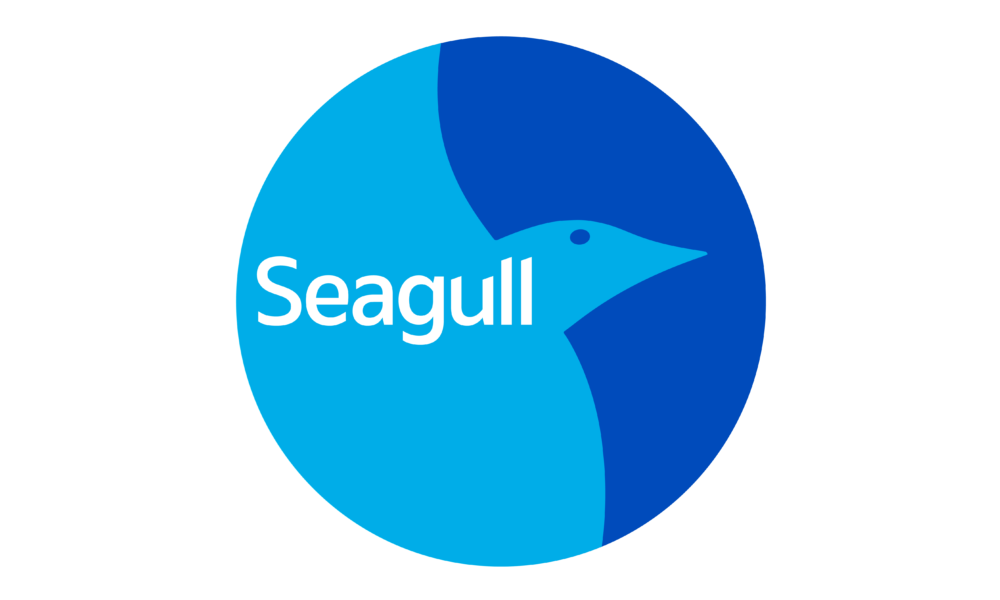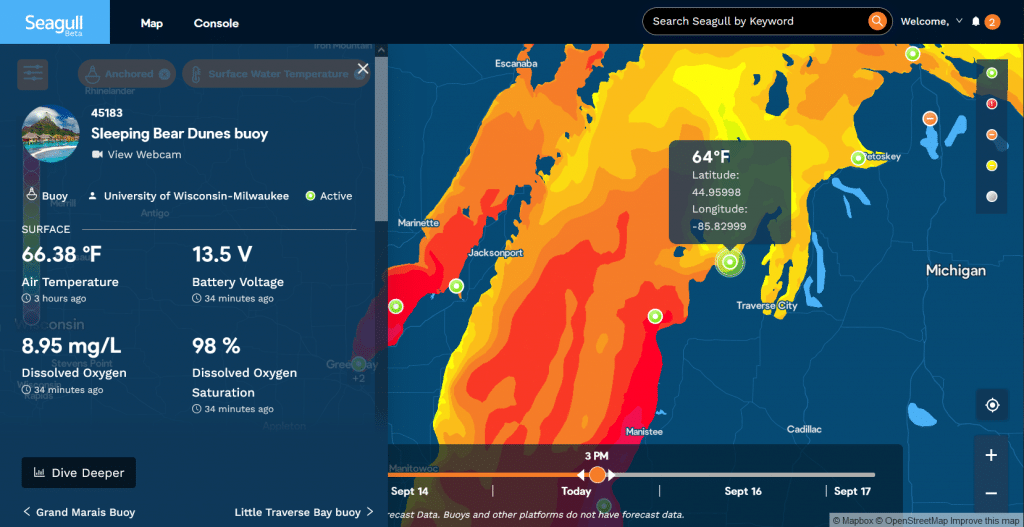By Kelli Paige, Great Lakes Observing System
This is part of the Smart Project Series—stories published by Smart Great Lakes Initiative (SGLi) partners that explore current or future projects that sum up what it means to be “smart,” as established in the Common Strategy for Smart Great Lakes.
The Common Strategy is the key document of the SGLi and will be available for public comment Aug. 23-Sept. 24. Learn more and review the document.

As technologies advance and challenges to the region’s ecosystem mount, researchers, resource managers, and everyday people are looking for accurate, real-time insights from this observing system to make informed decisions affecting their health and the region’s wellbeing.
Unfortunately, there is not one unified, accessible system that can handle the region’s observing data and turn it into valuable insights.
To address this need, the Great Lakes Observing System (GLOS) is developing Seagull.
To support a diverse user base as well as the diversity of monitoring platforms across the region, the Seagull platform will support diverse data inputs from hundreds or thousands of sources, including buoys, models, and other streaming data types and turn that data into actionable insights on lake and watershed conditions.
Seagull will be accessible via a web application and will allow anyone to:
- Search all available information easily.
- Discover information on a simple, interactive map.
- Query and visualize data and trends.
- Receive alerts on changing conditions.
- Easily share insights.
- Connect another system to Seagull data using an API.
Seagull’s cloud-first, IOOS-certified platform will provide real-time Great Lakes information for the entire region. It is designed for future growth and development, which will bring in new users, enable new types of partnerships, and spur technology development to lower the cost and complexity of hardware deployment and integration.
Seagull is still in development, but you can sign up to get early access to a pre-release beta version.

